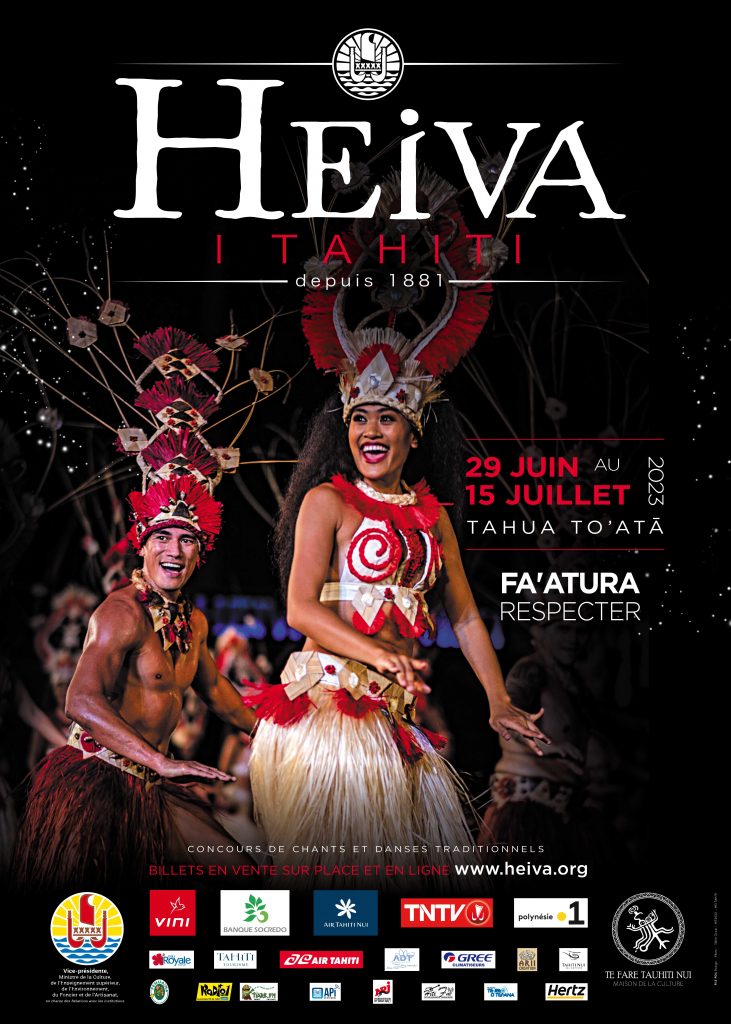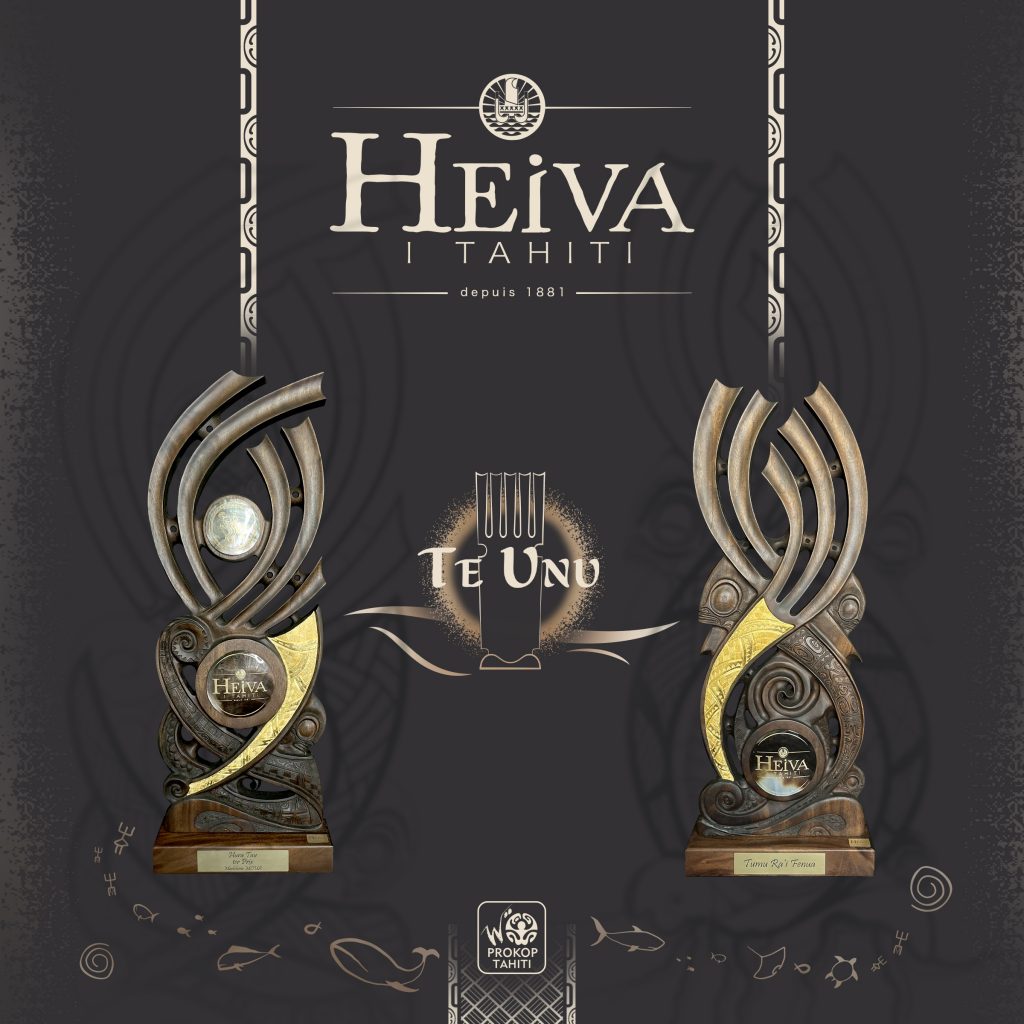Heiva i Tahiti
« ‘Ite ha‘amere ‘ore nō mua ra ‘e ‘a muri noa atu
Témoin inaliénable des temps passés et à venir »
(An inalienable witness to times past and future)
(Henri Hiro, Pehepehe i taù nūnaa, Toù fare au)
The Heiva i Tahiti is the annual Festival of Polynesian Ma’ohi Culture in French Polynesia. It is a celebration of festivities where the women and men of our fenua gather on the To’atā arena and on the squares of their islands to sing, dance, recite, reveal, and above all, share. Each person, according to their district or island and in the manner of their cultural community, showcases the exuberant beauty of the diversity of this Land that gave us birth, as well as the original genius of the beings who inhabit it.
From June 29th to July 15th, inspired by a theme that resonates with them or by ancient words passed down by their elders, these women and men express the full power and profound intimacy of their cultural identity. They are carried away by the undulations of ‘ori Tahiti, intoxicated by the haunting melodies of a tārava, and reveal their trained bodies and sharp minds through displays of skills and playful or sporting feats.
An event primarily For Polynesians and By Polynesians, its renown has reached around the world, and its recognition as an exceptional cultural and identity value extends not only internationally but also, and most importantly, within our vast Pacific region to which we belong. It awakens in each of us our traditions of welcome, hospitality, the sharing of our culture, and the gift of everything that makes us Who we are, ‘o tāua ihoā e te Nūna’a Mā’ohi!
It is a grand popular celebration that praises our fenua (land) and honors its men and women. And it should be, always! And it should remain so in its primary purpose!
The Heiva i Tahiti is the time of the year that marks the recognition by their peers and communities of our islands, of the authors, performers (dancers, singers, musicians, etc.), accomplished artists, exceptional craftsmen, and above all, those who follow in their footsteps. All of them have worked with faith, enthusiasm, and passion, often in very difficult, uncertain, or even improbable conditions, to bring life and spirit to these festivities.
Let’s come together and explore our Polynesian mā’ohi world!
Let’s all come together and discover this 2023 edition of Heiva i Tahiti!
And just like the sun shines for everyone, let Heiva i Tahiti shine for all, for everyone!
‘Ia ora te Heiva i Tahiti !
‘Ia ora te ‘Āi‘a !
‘Ia ora te Nūna‘a !






